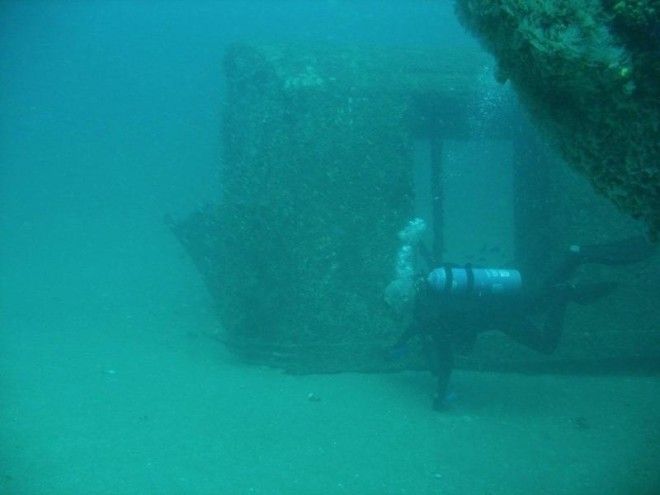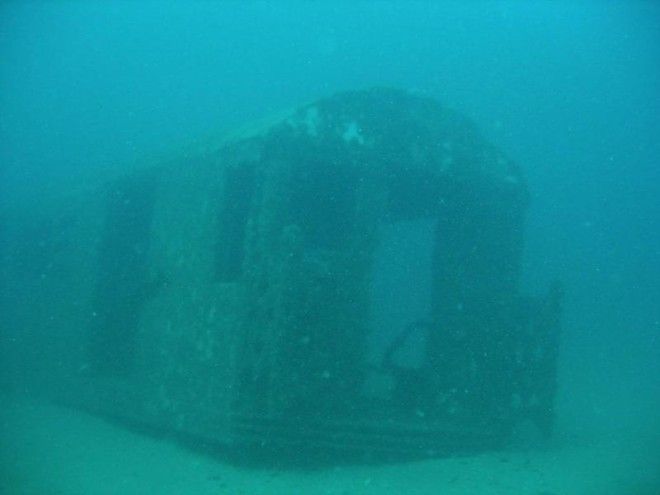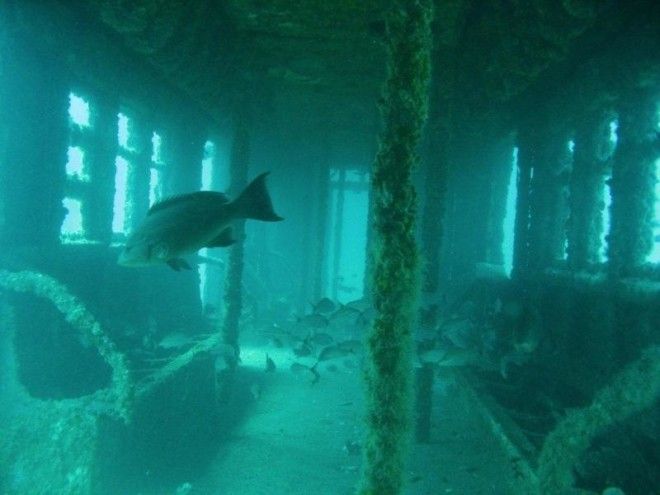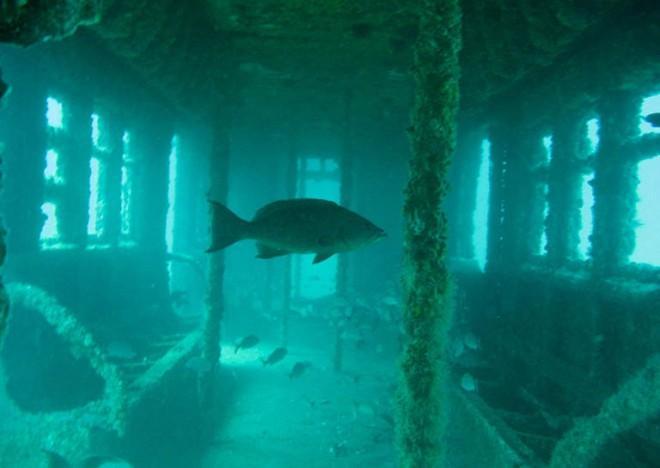

Actually you had nothing to do with these submerged subway cars, they were in fact part of a plan to recycle these cars while assisting these fish habitats repopulate. The subway reef program addressed issues with the Atlantic coast being so barren underwater. These man-made reefs attract oysters, blue mussels, and other food sources that are critical to keep various parts of the marine food chain alive. Jeff Tinsman, the artificial reef coordinator for the Delaware Department of Natural Resources in Dover also explains, “Oftentimes [artificial reefs] are hundreds of times richer in terms of biomass than the natural community at the bottom […]
This is very attractive to fish.”Timing was perfect as the NYC transit officials were looking to recycle more than a thousand Redbird subway cars in 2001. Naturally, precautions were taken in prior to submersing these subway cars, ensuring they would not be harmful to the ecosystem. The greasy undercarriages were dismantled, windows/ doors removed, and interiors were steam-cleaned for these “luxury fish hotels.”

The photos exhibit the Bill Perry reef system off the coast of Myrtle Beach, South Carolina, with the addition of the rail cars back in 2008.
Unfortunately the recycling program ceased after a few environmental concerns rose up around the rapid deterioration of the car fabrication.

